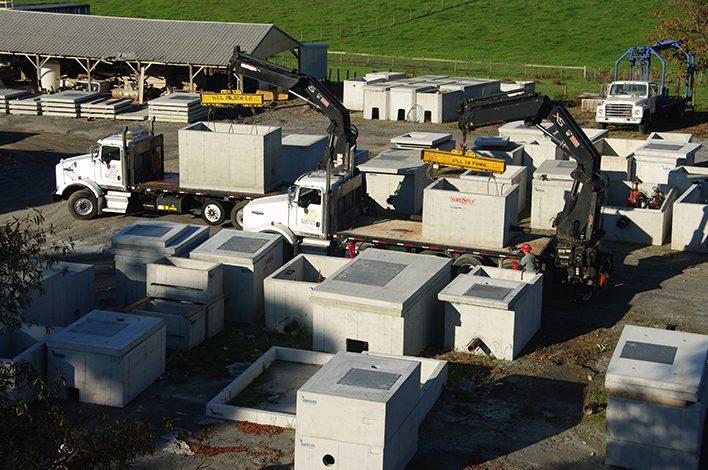Let’s See What Happened to Know Where We Are
The U.S. House of Representatives can be an unpredictable body. Even so, it has never been as subject to impulse as in the past months.
In late September, the burning question of what is happening in Washington, D.C., was about a looming government shutdown. Because of a deal to delay a shutdown, the House ousted Speaker Kevin McCarthy (R-Calif.), rendering Congress hamstrung and powerless to conduct necessary business.
The Senate cannot function alone when it comes to legislative matters such as funding the federal government.
Ironically, both the shutdown threat and the House leader situation stem from the same problems: a deep partisan divide between Democrats and Republicans alongside a splintered Republican party with a razor thin majority unable to unify, creating chaos within the Republican conference.
A Republican majority unable to bond only means Congressional paralysis. Under any speaker, the House easily may again become paralyzed when negotiating the question of how to fund the government for the fiscal year.
STATE OF PLAY
October marked the first time in U.S. history that the Speaker’s office has been vacant. Importantly, with a constitutionally required office in flux, the bi-cameral Congressional system could not advance legislation, including appropriations bills.
The fissure inside the Republican party made it impossible for either GOP wing to have enough votes to overcome an ideological battle over spending.
Eventually, to continue funding the government, any Republican speaker will have to negotiate with the Democratic Senate and the White House to agree on spending that all sides can tolerate. Yet the hardline wing of the Republican conference seems ready to undermine any compromise. As a result, government shutdown threats will become the normal course of strategy for hardliners.
EFFECTS ON THE PRECAST CONCRETE INDUSTRY
At the time of this writing, a mid-November shutdown seems a strong likelihood, and the precast concrete industry can be affected in various ways. The extent of the impact depends on several factors, including the duration of the shutdown.
- PERMITTING AND REGULATORY DELAYS: Government agencies are responsible for issuing permits and regulating construction and manufacturing. During a government shutdown, federal agencies operate with reduced staff or temporarily close, leading to delays in obtaining necessary permits or approvals for projects using precast concrete. This slows down construction and business operations.
- INFRASTRUCTURE PROJECTS: Government-funded infrastructure projects such as bridges, pipes, paving, public works and public buildings can be delayed or put on hold during a government shutdown. Reduced demand for precast components affects production and revenue even if it is only for federally funded infrastructure.
- FEDERAL CONTRACTS: Some precast concrete manufacturers may already have contracts with government agencies, including federal, state or local governments. A government shutdown can disrupt these contracts, delay payments or even lead to contract cancellations.
- ECONOMIC UNCERTAINTY: Government shutdowns create economic uncertainty, which leads to reduced consumer and business confidence. As a result, construction projects can face delays or cancellations due to concerns about the economic environment.
- SUPPLY CHAIN DISRUPTIONS: Government agencies play a role in regulating and facilitating transportation and logistics, including the movement of raw materials and finished products. Shutdown-related disruptions in supply chains can affect the availability of essential materials and transportation services.
- RESEARCH AND DEVELOPMENT FUNDING: Government agencies often provide funding for research and development in construction and building materials industries. Shutdowns can disrupt these funding programs, potentially affecting innovation and technological advancements.
- LEGISLATION: If Congress is at a stalemate in its responsibility to fund the government and keep it running, there will be delays in introducing and advancing policy initiatives such as the Water Resources Development Act, Workforce Development legislation and other bills of interest to the industry.
PRECAST CONCRETE INDUSTRY RECOURSE
Given the extreme politics in play within the Republican-led House, the chance of a shutdown likely will repeat itself prior to the 2024 election.
The impact of a government shutdown on the precast concrete industry can vary depending on regional factors, the specific products manufactured and the industry’s reliance on government contracts and regulatory approvals.
Staying informed and tuned into funding programs, including grants, can help precast concrete manufacturers better anticipate and navigate the effects of future shutdowns.
Petra Smeltzer is a consultant for Innovative Advocacy, which works with NPCA to advance the interests of the precast concrete industry in Washington, D.C.
